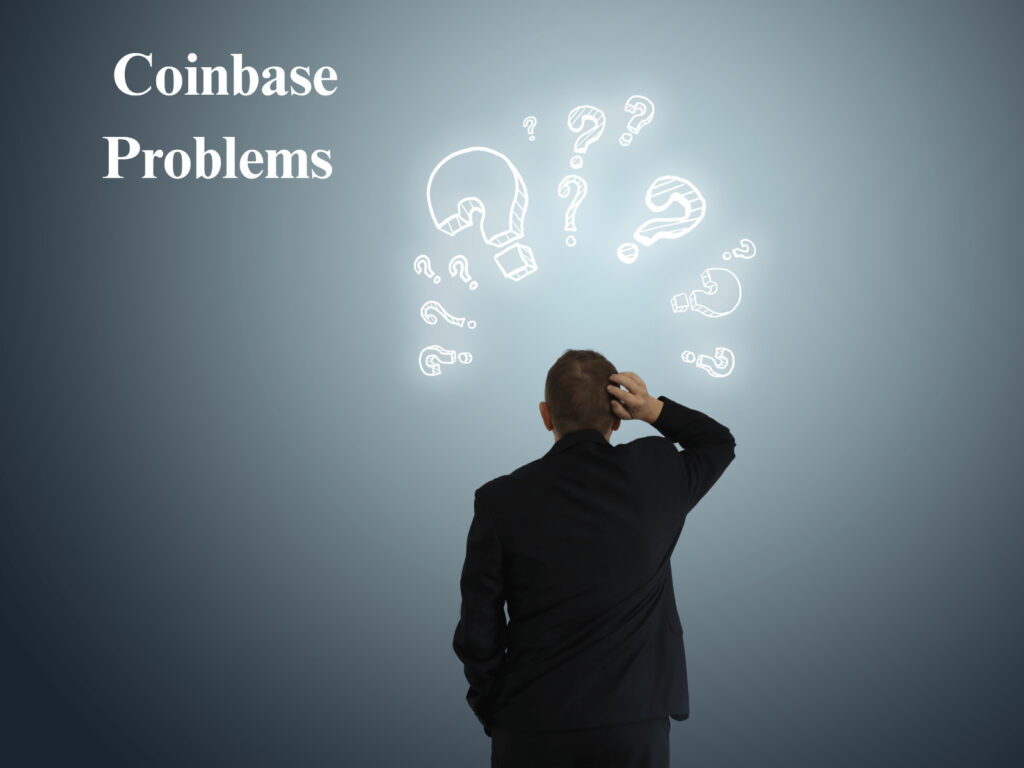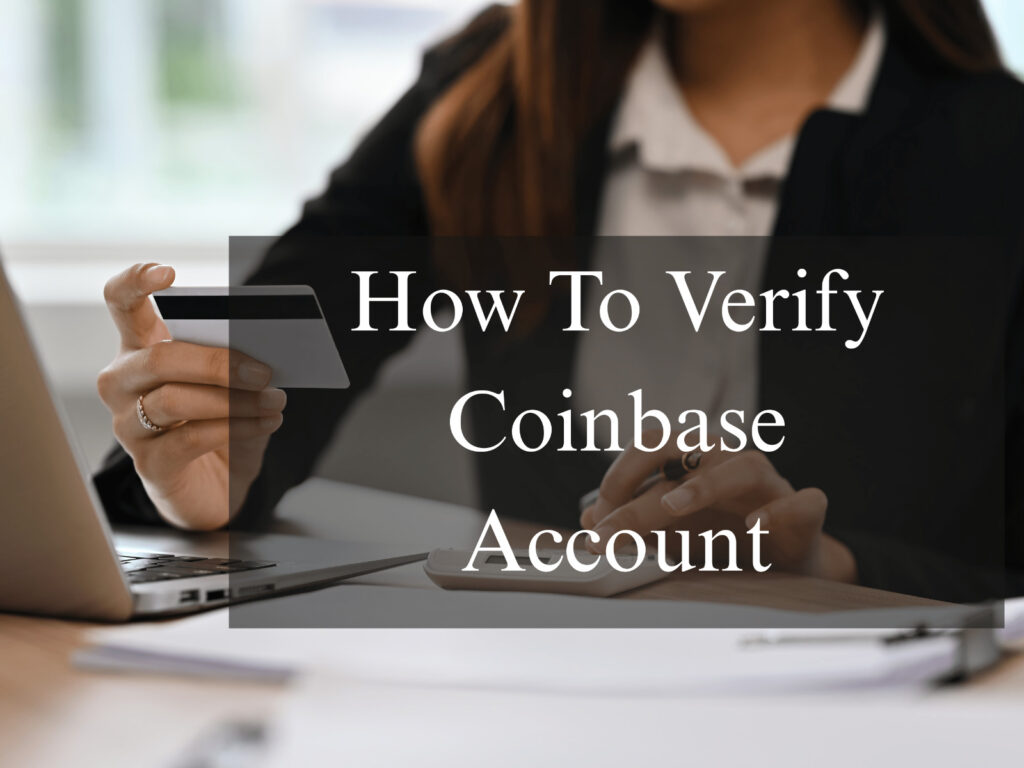Finding your Coinbase account restricted can be frustrating, especially when you need urgent access to your cryptocurrency holdings. Whether you’re trying to make a trade, withdraw funds, or simply check your balance, account restrictions can halt your activities without warning.
Why Is My Coinbase Account Restricted? This is one of the most common questions Coinbase users ask when they suddenly lose access to their account features. The good news is that most restrictions are temporary and can be resolved with the right approach.
In this comprehensive guide, we’ll explore the common reasons behind Coinbase account restrictions and provide you with proven solutions to restore your account access.
What Does a Restricted Coinbase Account Mean?
A restricted Coinbase account means that certain features or all account activities have been limited or disabled by Coinbase’s security systems. You might encounter restrictions that prevent you from:
- Buying or selling cryptocurrency
- Withdrawing funds to your bank account
- Sending crypto to external wallets
- Making any transactions whatsoever
These restrictions are typically implemented as a security measure to protect both you and the platform from potential fraud, suspicious activity, or policy violations. Understanding the specific type of restriction on your account is the first step toward resolving the issue.
Why Is My Coinbase Account Restricted? Common Reasons
1. Is It Due to Failed Identity Verification?
Yes, incomplete or failed identity verification is one of the primary reasons for account restrictions.
Coinbase is required by law to verify the identity of all users through Know Your Customer (KYC) regulations. If your identity documents are unclear, expired, or don’t match your account information, Coinbase will restrict your account until proper verification is completed.
Common verification issues include:
- Blurry or low-quality ID photos
- Expired government-issued IDs
- Mismatched personal information (name, address, date of birth)
- Using documents from unsupported countries
According to Coinbase’s verification requirements, you must provide clear, valid documentation that matches your account details exactly.
2. Could Suspicious Activity Be the Problem?
Absolutely. Unusual account behavior triggers Coinbase’s automated security systems.
Coinbase monitors all accounts for suspicious activity to prevent fraud and money laundering. Activities that might flag your account include:
- Sudden large transactions inconsistent with your history
- Multiple login attempts from different locations
- Accessing your account from high-risk countries
- Rapid buying and selling patterns
- Linking to suspicious payment methods
These security measures, while sometimes inconvenient, protect users from cryptocurrency fraud and scams.
3. Is My Payment Method Causing Issues?
Yes, problems with your linked payment methods frequently cause restrictions.
If there are issues with your bank account, debit card, or credit card, Coinbase may restrict your account. Common payment-related problems include:
- Failed or reversed bank transactions
- Insufficient funds for purchases
- Chargeback requests
- Linking payment methods that don’t match your verified identity
- Using prepaid cards or certain virtual payment methods
4. Have I Violated Coinbase’s Terms of Service?
Policy violations will definitely result in account restrictions or permanent bans.
Coinbase has strict terms of service that all users must follow. Violations that lead to restrictions include:
- Operating multiple accounts (which violates their policy)
- Engaging in prohibited transactions
- Using the platform for illegal activities
- Providing false information during registration
- Using VPNs or proxy servers to bypass geographical restrictions
Review Coinbase’s User Agreement to ensure you’re in compliance.
5. Could Regional Restrictions Be the Cause?
Yes, geographical limitations can prevent account access.
Coinbase isn’t available in all countries, and certain features may be restricted based on your location. If you’re traveling or have recently moved to a region where Coinbase services are limited, you may experience restrictions.
Additionally, using location-masking tools like VPNs can trigger security flags, as Coinbase needs to verify that you’re accessing the platform from an approved region.
6. Are There Issues with My Account Security Settings?
Definitely. Security concerns related to your account settings can trigger restrictions.
If Coinbase detects potential security vulnerabilities in your account, they may restrict access until you strengthen your security. Common security issues include:
- Weak passwords
- Disabled two-factor authentication (2FA)
- Compromised email accounts linked to Coinbase
- Unauthorized access attempts
- Phishing attack victims
7. Could Pending Reviews Be Delaying My Access?
Yes, accounts under review for compliance reasons will be temporarily restricted.
Sometimes Coinbase needs to conduct additional reviews to ensure compliance with financial regulations. These reviews might be random or triggered by specific account activities. During this period, your account may be restricted until the review is complete.
How to Fix a Restricted Coinbase Account: 7 Proven Solutions
Solution 1: How Do I Complete Identity Verification?
Follow these steps to properly verify your identity:
- Log into your Coinbase account
- Navigate to Settings > Identity Verification
- Prepare a valid government-issued ID (passport, driver’s license, or national ID card)
- Ensure good lighting and take clear, high-resolution photos
- Make sure all document edges are visible in the frame
- Upload the photos and wait for verification (usually takes a few minutes to 48 hours)
- If rejected, carefully review the rejection reason and resubmit with corrections
Pro tip: Use your smartphone camera in natural daylight for the best photo quality. Avoid glare and shadows that might obscure information on your ID.
Solution 2: How Can I Resolve Suspicious Activity Flags?
Here’s how to address security concerns:
- Contact Coinbase Support immediately to explain your situation
- Provide any requested documentation to prove legitimate account ownership
- Enable two-factor authentication if not already activated
- Review your recent transaction history for any unauthorized activity
- Change your password to a strong, unique combination
- Secure your email account with a new password and 2FA
- Avoid using VPNs or proxies when accessing Coinbase
If your account was compromised, report it immediately through Coinbase’s security center and follow their recommended recovery procedures.
Solution 3: What Should I Do About Payment Method Issues?
Resolve payment problems with these steps:
- Verify that your linked bank account has sufficient funds
- Confirm that your payment method information is current and accurate
- Remove and re-add your payment method if there are persistent issues
- Contact your bank to ensure they’re not blocking Coinbase transactions
- Wait for any pending transactions to clear (can take 3-5 business days)
- If a chargeback was filed, contact Coinbase support to resolve the dispute
- Consider adding an alternative payment method as a backup
Many banks are cautious about cryptocurrency transactions, so you may need to inform them that you authorize purchases from Coinbase.
Solution 4: How Do I Address Terms of Service Violations?
If you’ve violated Coinbase policies:
- Review the notification you received to understand the specific violation
- Contact Coinbase support with a detailed explanation
- Provide any evidence that the violation was unintentional
- Commit to following all policies going forward
- Be patient, as policy violation reviews can take several days
- If you operated multiple accounts, close all but one
- Ensure all future activities comply with Coinbase’s terms
Important: Severe violations like fraud or illegal activities may result in permanent bans that cannot be appealed.
Solution 5: How Can I Handle Regional Restrictions?
Navigate geographical limitations effectively:
- Verify that Coinbase operates in your current location
- Disable any VPN or proxy services before accessing your account
- Update your address if you’ve recently moved to a new location
- Provide proof of residency if requested (utility bill, lease agreement)
- If traveling, wait until you return to your home country before accessing restricted features
- Consider alternative cryptocurrency exchanges if Coinbase isn’t available in your region
- Check Coinbase’s supported countries list for current availability
Solution 6: What Security Measures Should I Implement?
Strengthen your account security with these essential steps:
- Enable Two-Factor Authentication (2FA):
- Use an authenticator app (Google Authenticator, Authy) rather than SMS
- Store backup codes in a secure location
- Create a Strong Password:
- Use at least 12 characters
- Include uppercase, lowercase, numbers, and special characters
- Never reuse passwords from other accounts
- Secure Your Email:
- Use a unique password for your email account
- Enable 2FA on your email provider
- Enable Whitelist Addresses:
- Only allow withdrawals to pre-approved wallet addresses
- Review Account Activity Regularly:
- Check for unauthorized logins or transactions
- Be Wary of Phishing Attempts:
- Never click suspicious links claiming to be from Coinbase
- Always verify you’re on the official Coinbase website
Learn more about cryptocurrency security best practices from cybersecurity experts.
Solution 7: How Do I Contact Coinbase Support Effectively?
Get the fastest resolution by following these contact tips:
- Gather All Relevant Information:
- Your account email address
- Screenshots of error messages
- Transaction IDs if applicable
- Details of the restriction notice
- Contact Through Official Channels:
- Use the in-app support feature
- Submit a ticket through help.coinbase.com
- Be Clear and Concise:
- Explain your issue in detail
- Include all relevant dates and transaction information
- Attach requested documentation
- Follow Up Professionally:
- Keep track of your case number
- Respond promptly to any requests for additional information
- Be patient but persistent
- Escalate If Necessary:
- Request to speak with a supervisor if initial support doesn’t resolve the issue
- Reference previous case numbers
Warning: Never share your password or 2FA codes with anyone claiming to be Coinbase support. Legitimate support agents will never ask for this information.
How Long Does It Take to Unrestrict a Coinbase Account?
The timeframe for removing restrictions varies depending on the reason:
- Identity verification issues: 10 minutes to 48 hours after proper documentation is submitted
- Security reviews: 24-72 hours for standard cases
- Payment method problems: 3-5 business days for transactions to clear
- Policy violation reviews: 5-10 business days, sometimes longer
- Complex compliance reviews: Can take several weeks in rare cases
Most users report that restrictions are lifted within 24-72 hours once they’ve addressed the underlying issue. However, complex cases involving policy violations or compliance reviews may take longer.
How to Prevent Future Coinbase Account Restrictions
Can I Avoid Restrictions with These Best Practices?
Yes, following these guidelines significantly reduces restriction risks:
- Maintain Complete Verification:
- Keep your ID documents current
- Update your address if you move
- Ensure all information remains accurate
- Practice Consistent Usage Patterns:
- Avoid sudden unusual transaction patterns
- Gradually increase transaction sizes over time
- Don’t make transactions immediately after account creation
- Use Secure Networks:
- Always access Coinbase from secure, private networks
- Avoid public Wi-Fi when making transactions
- Don’t use VPNs unless absolutely necessary
- Keep Payment Methods Current:
- Regularly verify your linked payment methods
- Ensure sufficient funds for purchases
- Respond promptly to bank verification requests
- Stay Compliant:
- Read and understand Coinbase’s terms of service
- Avoid any prohibited activities
- Report suspicious activity immediately
- Enable All Security Features:
- Use the strongest 2FA method available
- Enable withdrawal whitelisting
- Set up security alerts
- Communicate with Coinbase:
- Respond quickly to any verification requests
- Update them about significant changes (travel, address changes)
- Keep your email accessible and monitored
What to Do If Your Appeal Is Denied
Are There Alternative Options If Coinbase Won’t Unrestrict My Account?
Yes, here are your options if your restriction appeal is unsuccessful:
- Request Detailed Explanation:
- Ask for specific reasons why your appeal was denied
- Understand what evidence or changes would be required
- Gather Additional Documentation:
- Collect any supporting documents that prove your case
- Obtain statements from your bank if relevant
- Compile evidence of legitimate activity
- Submit a Formal Complaint:
- File a complaint through Coinbase’s official complaint process
- Document all communications for your records
- Seek Regulatory Assistance:
- Contact the Consumer Financial Protection Bureau (CFPB) if you believe you’ve been treated unfairly
- Consider consulting with a lawyer specializing in cryptocurrency
- Explore Alternative Platforms:
- Research other reputable cryptocurrency exchanges
- Ensure any new platform is properly regulated and secure
- Transfer your assets once restrictions are partially lifted (if withdrawal is allowed)
- Withdraw Remaining Funds:
- If you’re allowed to withdraw but not trade, move your assets to a personal wallet
- Follow all withdrawal procedures carefully
Remember: Even if your Coinbase account remains restricted, you should still be able to withdraw your funds. If you cannot access your cryptocurrency, this is a serious issue requiring immediate escalation.
Frequently Asked Questions
Can I Create a New Coinbase Account If Mine Is Restricted?
No, creating multiple accounts violates Coinbase’s terms of service and will likely result in both accounts being permanently banned. Instead, focus on resolving the restriction on your existing account through proper channels.
Will I Lose My Cryptocurrency If My Account Is Restricted?
No, your cryptocurrency remains safe in your account even when restricted. Coinbase cannot confiscate your legitimate funds. However, you may not be able to trade or transfer until the restriction is lifted. In most cases, you can at least withdraw your assets even if other features are restricted.
Does Coinbase Notify You Before Restricting Your Account?
Not always. Some restrictions are implemented immediately as security measures, especially if suspicious activity is detected. However, you should receive an email notification explaining the restriction and next steps. Check your spam folder if you don’t see this notification in your inbox.
Can I Still Withdraw My Funds From a Restricted Account?
This depends on the type of restriction. Many restricted accounts still allow withdrawals to verified bank accounts or external wallets. However, some serious restrictions may prevent all transactions until the issue is resolved. Contact support to understand your specific limitations.
Conclusion: Taking Action on Your Restricted Coinbase Account
Discovering that your Coinbase account is restricted doesn’t have to be a permanent setback. Most restrictions are temporary security measures designed to protect your assets and can be resolved by addressing the underlying issue.
Key Takeaways:
- Identify the specific reason for your restriction by reviewing Coinbase notifications
- Complete identity verification with clear, valid documentation
- Strengthen your account security with 2FA and strong passwords
- Resolve payment method issues and maintain compliance with terms of service
- Contact support through official channels for personalized assistance
- Be patient but persistent throughout the resolution process
Remember, the fastest way to resolve your restriction is to take immediate action. Whether it’s completing verification, updating security settings, or contacting support, every step you take brings you closer to restored account access.
Have you successfully resolved a Coinbase account restriction? Share your experience and help others in the comments below!




